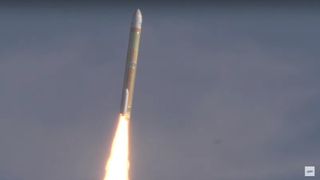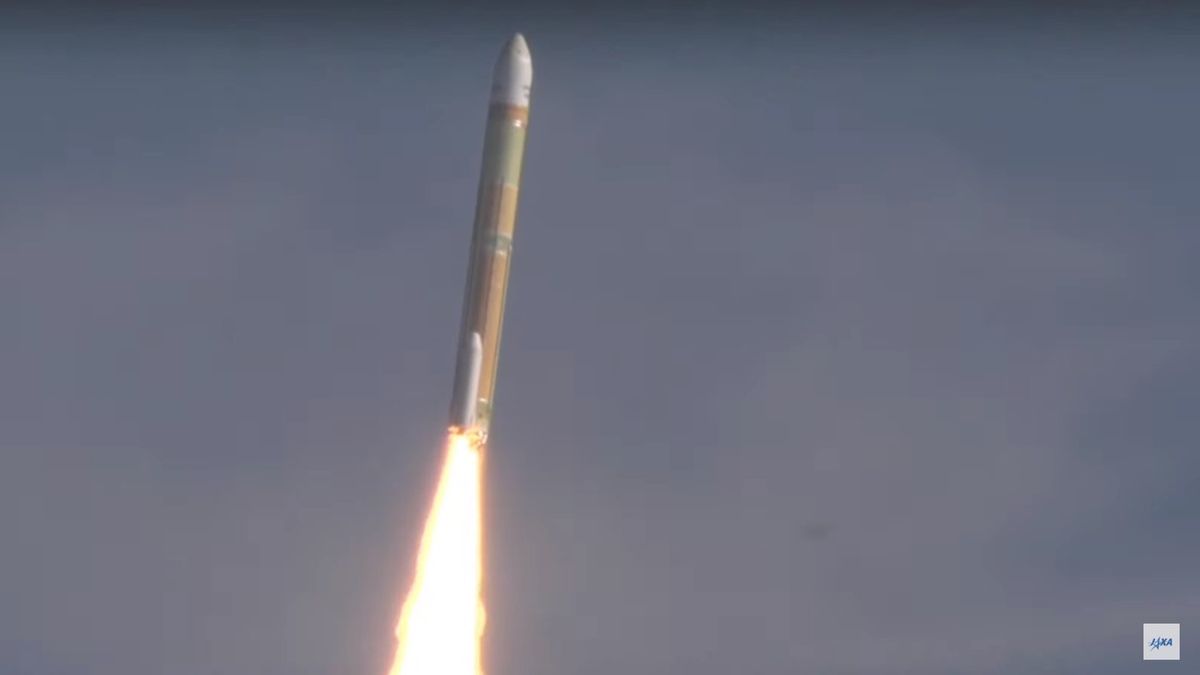Japan’s new H3 rocket will fly for the third time ever tonight (June 30), and you can watch the action live.
The H3 is scheduled to launch the Advanced Land Observing Satellite-4 (ALOS-4; also known as DAICHI-4) from Japan’s Tanegashima Space Center tonight, during a 13-minute window that opens at 11:06 p.m. EDT (0306 GMT and 12:06 p.m. Japan Standard Time on July 1).
You can watch the liftoff live here at Space.com courtesy of the Japan Aerospace Exploration Agency (JAXA). Coverage will start around 10 p.m. EDT (0200 GMT on July 1).

The two-stage H3 was developed by JAXA and Mitsubishi Heavy Industries. It’s envisioned to be Japan’s workhorse medium-lift rocket, taking those reins from the H-2A, which is set to retire later this year after more than 20 years of service.
Related: Japan’s new H3 rocket fails on 1st test flight, advanced Earth observation satellite lost
The H3’s path to orbit was a bit bumpy, however. The new rocket was originally supposed to launch for the first time in 2020, but difficulties in engine development and other issues pushed that debut back to March 2023.
And that initial liftoff didn’t go well: The H3’s upper-stage engine failed to ignite, and the rocket’s payload — the Advanced Land Observing Satellite-3 (ALOS-3, or DAICHI-3) — was lost.
The H3 bounced back on its second flight, which occurred in February of this year and carried a 5,900-pound (2,600 kilograms) mass simulator as its main payload. The rocket reached orbit successfully and also deployed two small Earth-observation satellites, called CE-SAT-IE and TIRSAT, that were along for the ride.
The 3-ton ALOS-4 is an advanced successor to Japan’s ALOS-2 satellite, which has been studying Earth using synthetic aperture radar since its 2014 launch.
“JAXA and its prime contractor, Mitsubishi Electric Corporation, are developing the satellite aiming at achieving both high resolution and a broader observation swath,” JAXA officials wrote in an ALOS-4 mission description.
“Unlike observations by an optical sensor, radar images can be acquired day and night as it does not require sunlight,” the agency added. “Moreover, since radio waves can penetrate cloud, the images can be obtained regardless of weather condition. The ALOS-4 will leverage these merits for observing and monitoring disaster-hit areas, forests and sea ice.”

